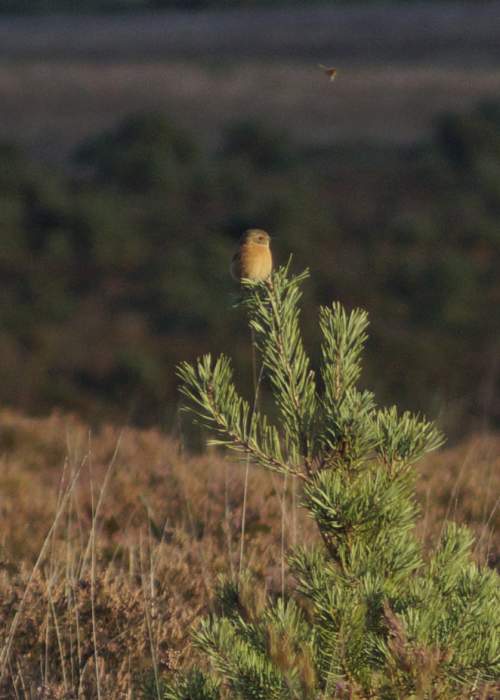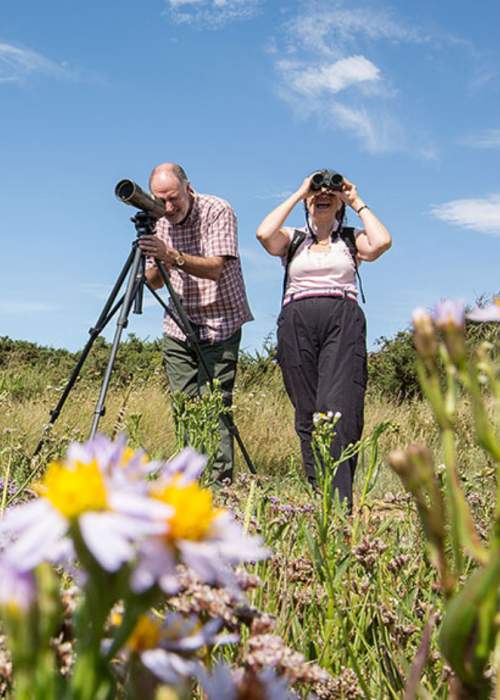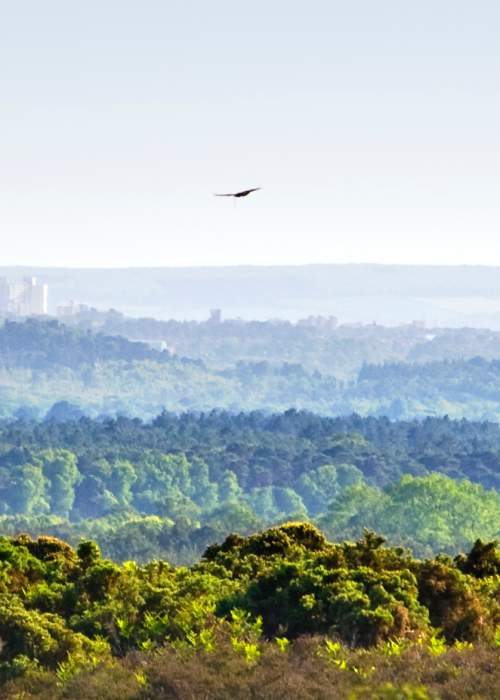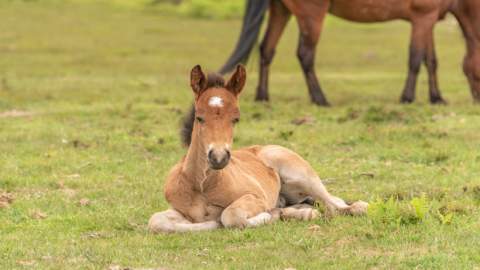New Forest Birds
The New Forest is a rich habitat for a range of different wildlife; its diverse landscapes make it the ideal location for various types of woodland animals, large mammals and birds. Birds are commonly an overlooked feature of the New Forest ecosystem and the Forest plays an integral role in some of these birds’ existence.
There are a variety of places throughout The New Forest which are perfect for visitors to indulge in a spot of bird watching. The best places you can see birds are in the heathlands, nature reserves and woodlands. Our diverse landscapes makes it the perfect place to see an array of different birds from buzzards to kingfishers.
There are around 100 species of breeding birds in The New Forest, with around 20 regular avian visitors which arrive or pass through the forest in the winter months.
Our heathlands
The heathlands are a dry, warm and insect-rich habitat which makes it the perfect breeding and nesting ground for an array of different birds. You will often find that during March and July which is the nesting season, visitors are asked to keep themselves and their dogs on the designated walking paths in order to ensure the safety of the ground nesting birds.
Nightjar, Woodlark, Hobby, the Dartford Warbler and Stonechat are just some of the heathland birds you might spot here. Birds of prey often patrol the heathland with Hen Harrier and Merlin amongst the species searching for mammal or small bird prey.
Our woodlands
Our woodlands are ideal hiding places for many of our bird species. Birds such as Woodpecker will often nest in the cracks and holes found in the trees. Stay quiet and you may just hear one drumming on one of the trees in search of food.
Keep your eyes open for Tree Creepers and Nuthatches climbing up and down the tree trunks whilst exploring our woodlands.
Our coastline, wetlands and bogs
The coastline provides with it ample opportunities for bird watching. A popular place for birdwatching is at Lymington and Keyhaven Marshes Nature Reserve, where wetland birds frequent. Large numbers of Brent Geese seek refuge here in the winter, along with roosting Dunlin, Black-Tailed Godwit and Grey Plover.
Lapwing and Curlew frequent the wetlands and boggy areas, both of which are ground-nesting species. Hobbys can be spotted above the bogs in search of large insect prey.
Where can I learn more about birds in the New Forest?
Look out for nature walks that take place at various locations around the area by keeping an eye on our what’s on pages. The Hampshire and Isle of Wight Wildlife Trust run many different events at their Blashford Lakes nature reserve.
Book onto a guided walk of the New Forest - friendly local experts will be on hand to show you some of the best places for wildlife spotting around the National Park.
A fantastic place to learn more about owls is New Forest Wildlife Park, where you can listen to one of the Keeper Talks about the variety of owls they look after, many of which are native to the UK. Liberty’s Raptor and Reptile Centre is also another great family day out where there are daily Raptor displays.
The various nature reserves found within the New Forest often offer interpretation boards giving you more information on what you can look out for.
Top places in the New Forest for bird watching
Below are some of the popular places for a spot of birdwatching. We’d recommend checking facilities and particular species occurrence before visiting:
-
Lymington and Keyhaven Marshes nature reserve
-
Acres Down, near Minstead
-
Beaulieu Heath, near Beaulieu Road Station
-
Blashford Lakes nature reserve, near Ringwood
-
Roydon Woods nature reserve, near Brockenhurst
Ways you can help New Forest birds
The New Forest National Park is a wonderful place to visit and you can help it stay that way by being a Forest friendly visitor and following the New Forest Code.
To help ground-nesting birds rear their young safely, keep yourself, dogs and horses on the main tracks from the beginning of March to the end of July. Take a look at this video, narrated by naturalist, Chris Packham on not only some of the ground-nesting birds to look out for but ways we can help them https://www.youtube.com/watch?time_continue=315&v=t1kaG0Lak6E.




